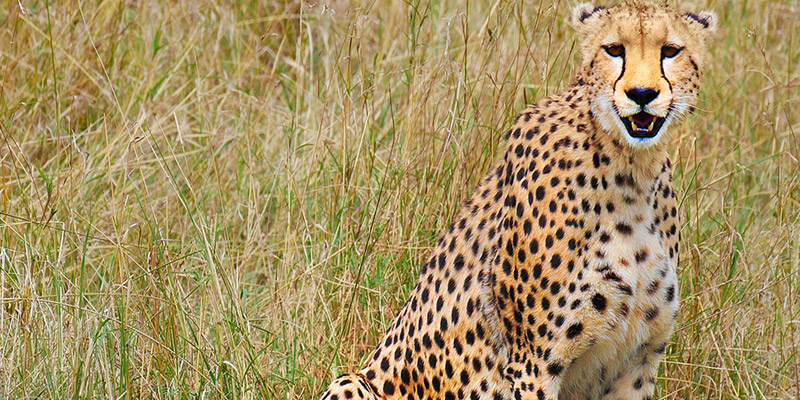Fascinating Facts about Africa's Wildlife
The main interest of people who go on safari in Africa is to see wildlife. There's no other continent that has a rich diversity of wildlife in such close proximity. Getting to learn about these animals before your safari will enhance your wildlife viewing experience. If you are planning to visit Kenya, Tanzania or Uganda for your safari, below are some fascinating facts about these animals you need to know.
Mammals of Africa
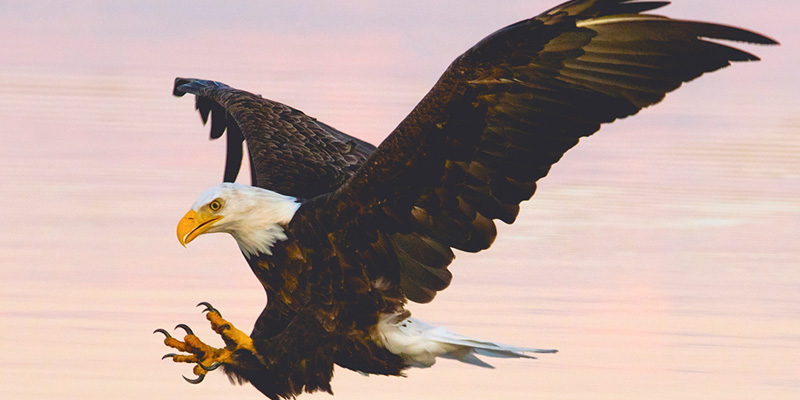
There are more than 1,100 different mammal species in Africa and over 2,600 bird species. In fact, four of the five fastest land animals live in Africa - fastest is Cheetah (120 km/h), Thomson gazelle (97 km/h), lion and wildebeest (80 km/h).
Blue is the Colour of Giraffes Tongue
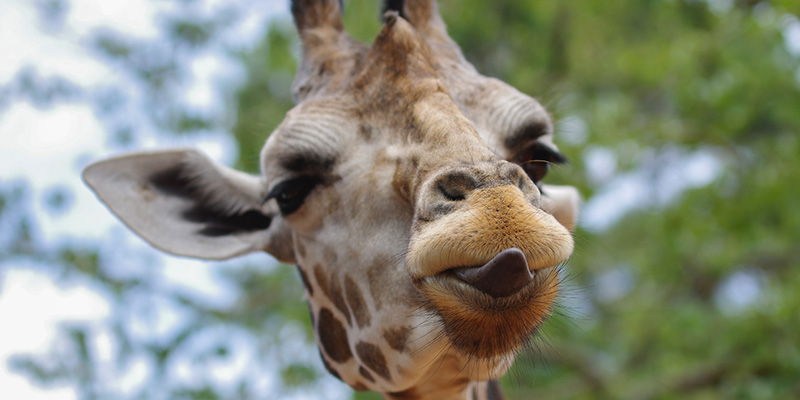
Giraffes use their 45-50 cm long tongue and the roof of their mouths to feed on a range of different plants and shoots. Since their tongues are often outside to feed, they are blue to protect them from the frequent sun exposure.
Giraffes always bend to drink water and to prevent them from fainting, they have special veins structures in their necks.
Crocodiles Can go for Months Without Food
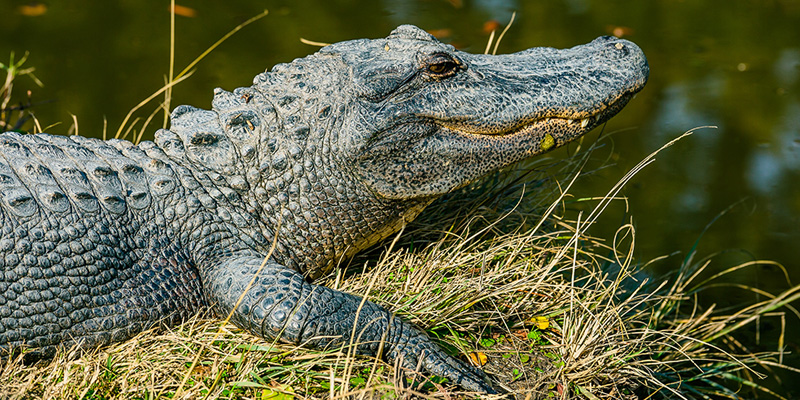
The Nile crocodile is Africa’s largest living reptile. They preserve their energy by waiting, motionless for their prey. They can go for months without having a meal. In extreme cases, they can go for up to three years without eating. Their lifespan is about 70 to 100 years.
Elephants Don't Have Sweat Glands
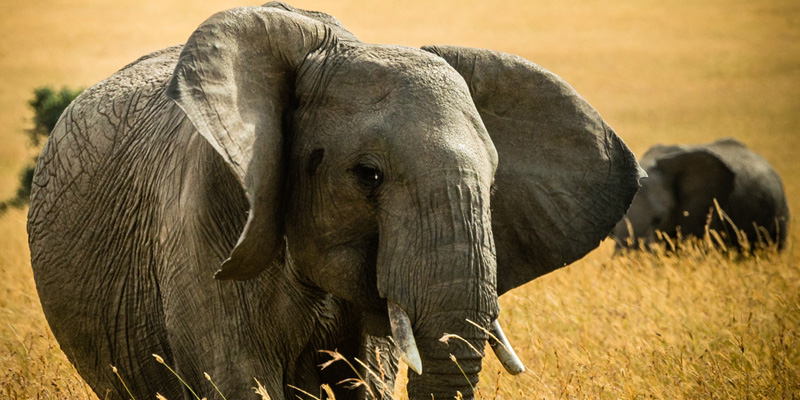
Elephants do not have sweat glands but they do cool down when water evaporates off their body. When the weather gets too hot, they their trunk down their throat and suck water up which they then spray over their body.
Lions Sleep for upto 20 hours
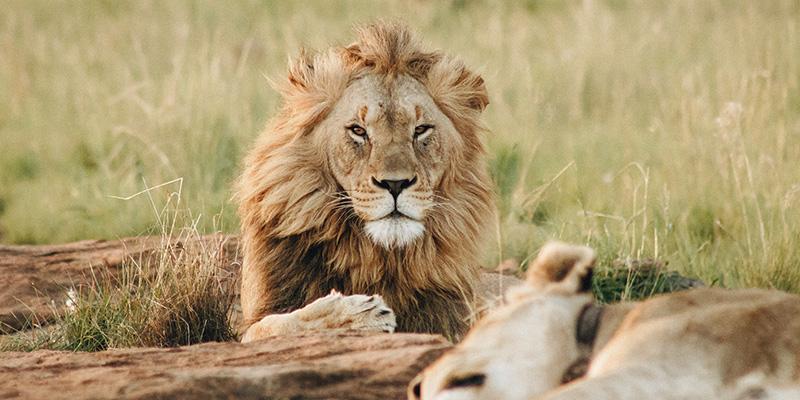
Lions are nocturnal animals and require lots of rest they'll need to hunt during the day. They can sleep for 15 to 20 hours each day. Lions are also he only big cats to live in groups (prides). Their roar can be heard over 8 kilometres away.
Ostrich Can Run Upto 70 km/h
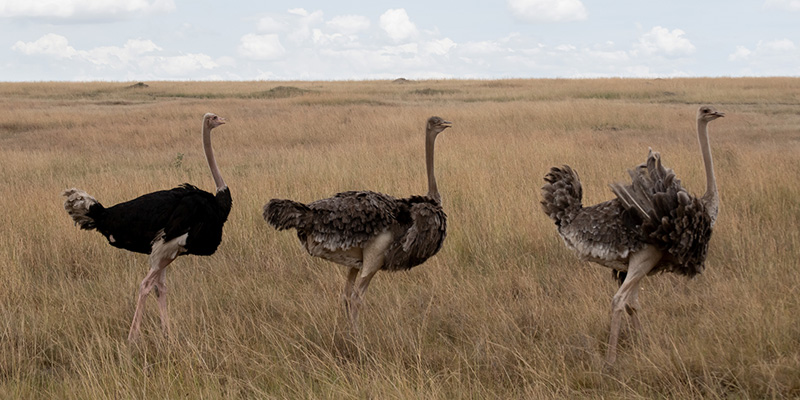
Whilst most birds have four toes the ostrich only has two. This appears to be an adaptation for running. However, they run on just one toe with the second used for balance. They have elasticity on their joints that lets them run at very high speeds - 70km/h for an adult bird.
The African Vulture
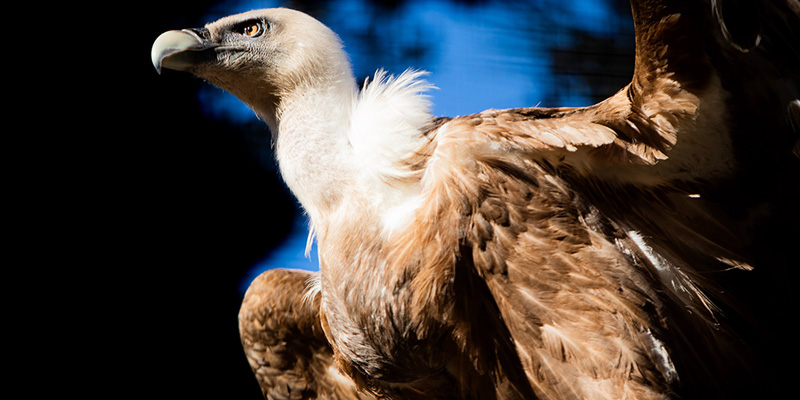
Vultures feed on carcasses. This is because their stomach acid is very strong to handle decaying animals. What’s fascinating also is that their strong stomach can destroy diseases such as cholera and anthrax.
Wildebeest Can Run After Being Born
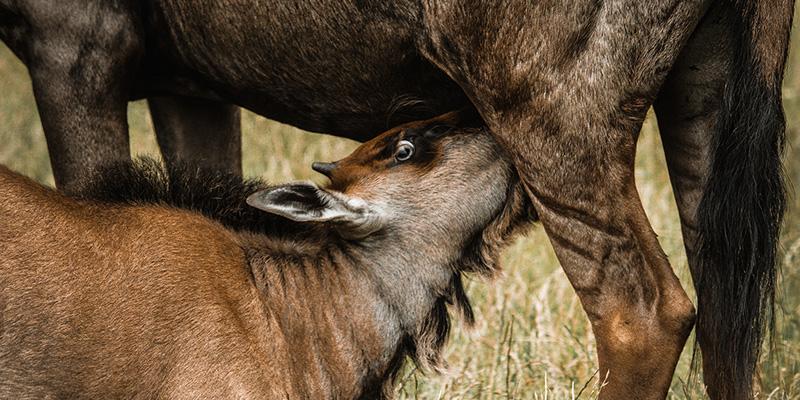
It doesn't take long for wildebeest to learn how to run. In fact, they do so only a few minutes after being born. They however are an easy target for predators and must remain close to their mothers. Days later, their speeds can match the rest of the herds.
Thomson's Gazelle are Quick
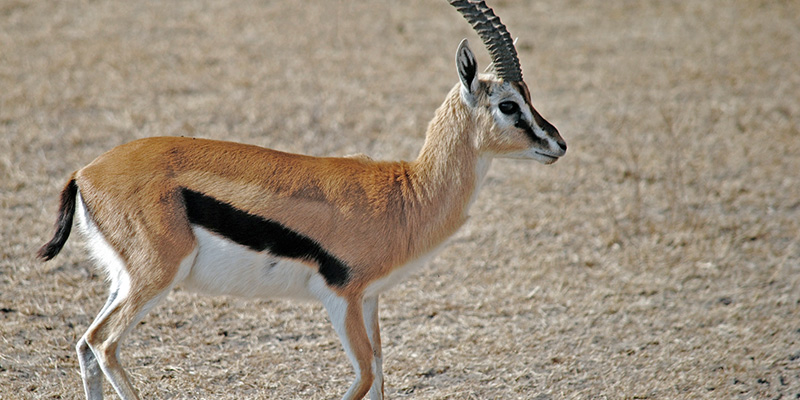
Besides being one of the fastest animals on the planet the Thomson's Gazelle has an amazing sense of smell, sight, and hearing. These strong senses, along with its speed, often enable it to sense and escape a predators attack. Thus balancing its vulnerability and small size on the open plains.

